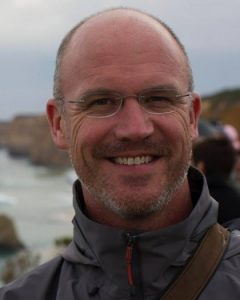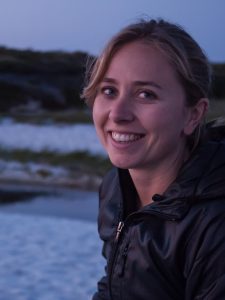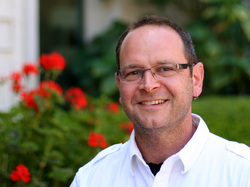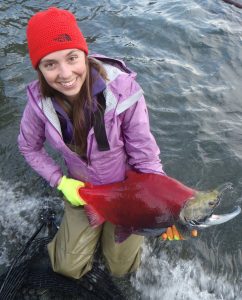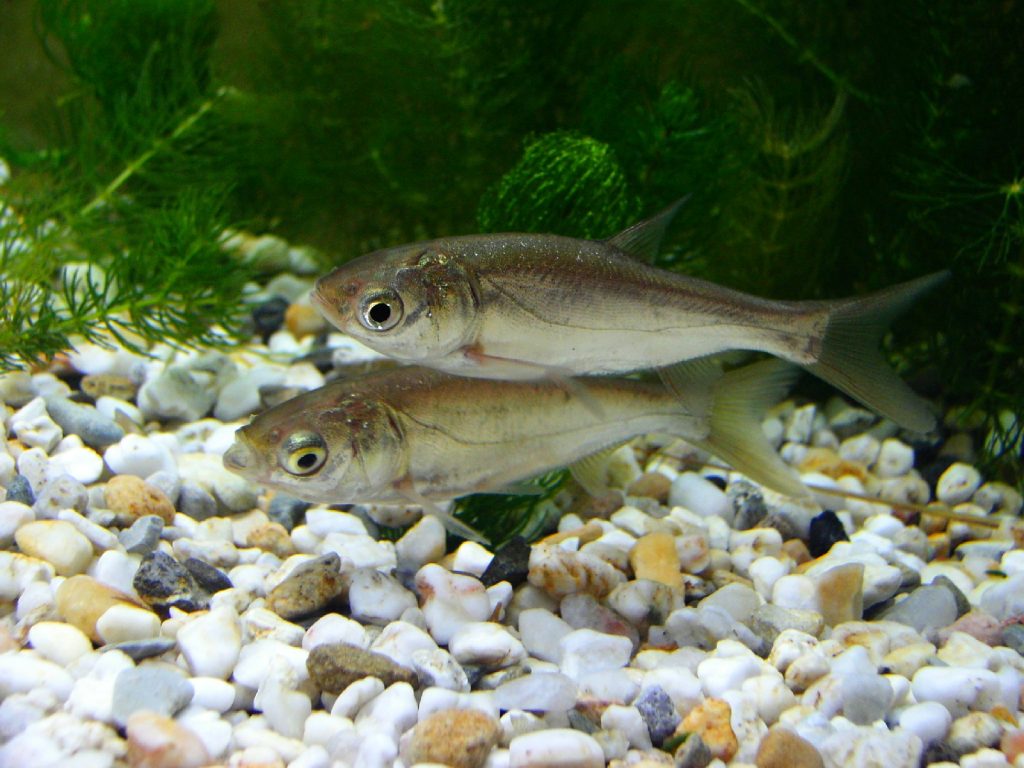Marine spatial planning requires effective stakeholder engagement. For the last 12 years, my lab has been developing and implementing geospatial technologies to increase transparency and stakeholder involvement in marine spatial planning around the world. GeoDesign is a simple approach to designing data-driven spatial plans that seems particularly effective at engaging non-technical stakeholders. I will discuss how we have implemented GeoDesign methods in MarineMap and SeaSketch, two web-based applications used for marine planning. I will also discuss how we are tracking how users are using these tools and introduce the idea of using tradeoff models (and other optimization tools) to investigate the degree to which user-generated plans may be improved to meet science-based goals and objectives.
Speaker: Will McClintock
Will is originally from East Lansing, Michigan, and has studied Biology (B.S., Earlham College), Behavioral Ecology (M.S., University of Cincinnati), Psychology (M.A., Pacifica Graduate Institute) and Ecology, Evolution & Marine Biology (Ph.D., University of California Santa Barbara). He has worked in over a dozen countries to support marine spatial planning in the form of stakeholder-friendly decision support tools.

